WHAT CAN WATER FILTERS REMOVE?
What types of water contaminants can water filters remove
In Ireland and the UK, water quality standards are generally high, and tap water is safe to drink. However, there can still be various contaminants in the water supply, depending on the source and local conditions. Water treatment facilities work to ensure that the water meets regulatory standards, but some common contaminants that water filters can help remove or reduce in these regions
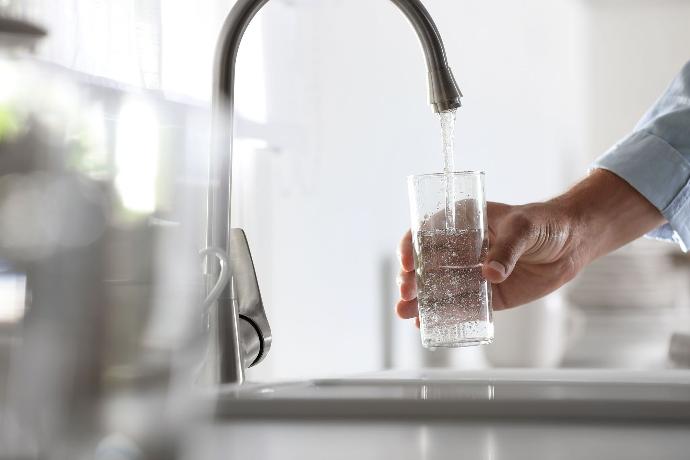
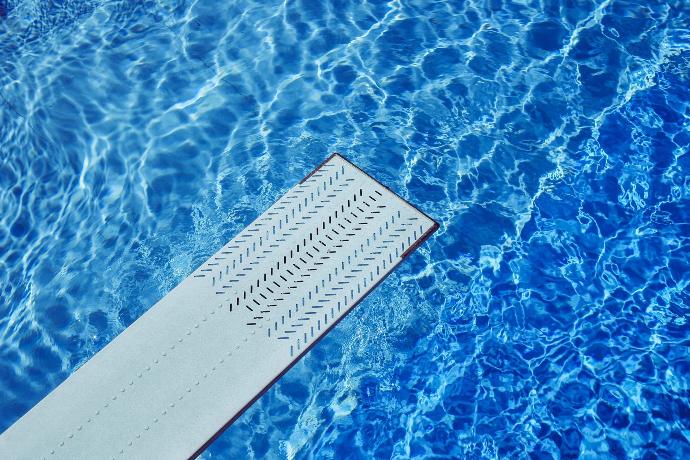
Chlorine and Chloramine:
Both chlorine and chloramine are commonly used as disinfectants in water treatment plants. While they are essential for killing harmful microorganisms, they can impart a chlorine-like taste and odor to the water. Activated carbon filters are effective at removing these disinfection byproducts.
Disinfecting water with chlorine is an essential step to make your water safe to drink. When chlorine reacts with organic matter in water, trihalomethanes (THMs) can form.
Lead:
Lead contamination is a concern in older homes with lead pipes or plumbing fixtures. Water filters with lead-removing cartridges or those certified to NSF/ANSI Standard 53 for lead reduction can effectively reduce lead levels.
Lead in drinking water is a known health concern. There are no lead water mains in Ireland but there are still some lead pipes remaining in the public network.
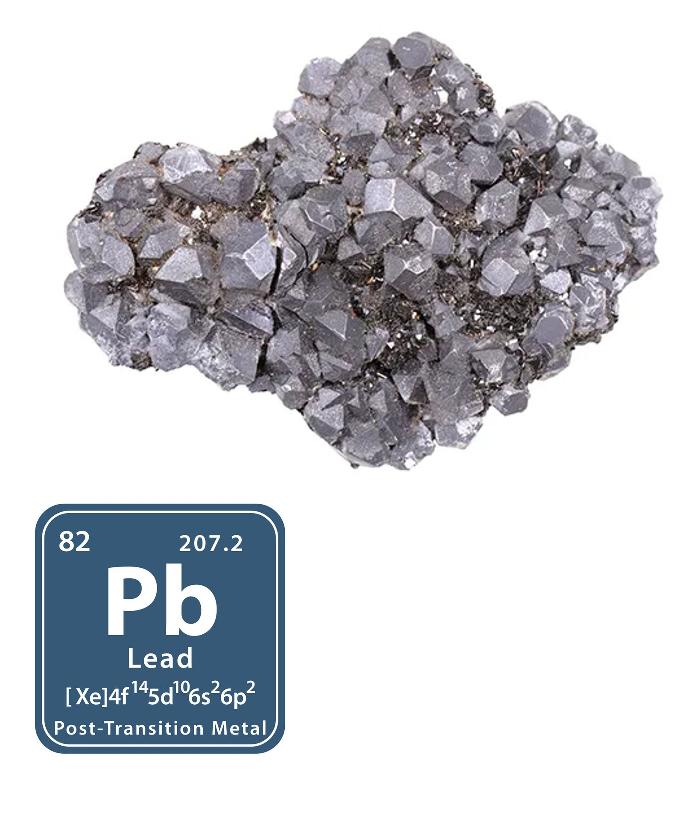
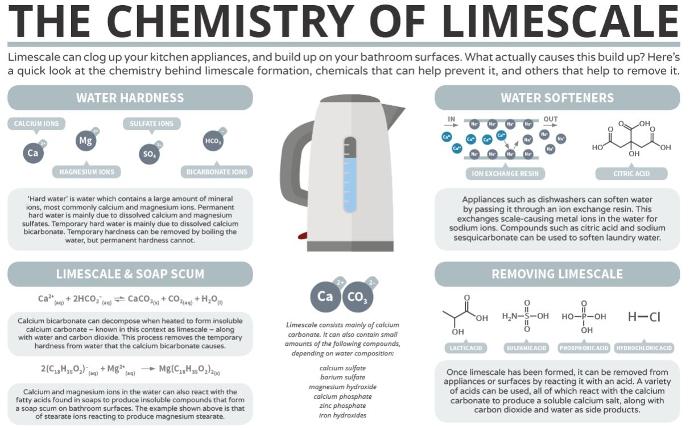
Hardness Minerals:
Hard water, caused by high levels of calcium and magnesium, can lead to limescale buildup in appliances and on fixtures. Water softeners, often used in areas with hard water, can help reduce these minerals and improve water quality.
Hard water contains high levels of natural minerals that have come from rock and soil. It’s very common in Ireland’s drinking supply.
Problems with Limescale
Is It Harmful to Health?
If left untreated, mineral impurities can result in bad tasting and smelling water. It has also been linked to bacteria growth (legionella bacteria) – which is not good for health! Not only that, but hard water can affect those with sensitive skin, causing skin irritation and eczema.
Clogged Shower Heads, Blocked Taps and Stains on Your Taps & Surfaces
Limescale build-up can ruin the appearance and use of your bathroom and kitchen. Not only that, it takes only 168 showers using hard water to clog your shower head. That means, showering twice a day, can cause a noticeable drop in water flow & pressure in less than three months. Replacing your shower, kitchen, and bathroom is an expensive price to pay.
Low Water Pressure & High Energy Bills
Hard water mineral deposits can quickly build up in your water heating pipes, forming a rim of scale. This reduces the flow of water and means more energy is needed to heat pipes, resulting in an under performing heating system. Not only will your home feel colder, but you will also be left with a higher energy bill each month.
Damage to your Appliances
Limescale buildup and deposits are common causes of damaged appliances such as kettles and coffee makers etc.
With water filter. That means, your appliances will last longer with less replacement and you’ll save money.
Sediment and Particles:
Sediment, sand, rust, and other particles can affect water quality and the performance of appliances. Sediment filters can remove these particles and ensure clearer water.
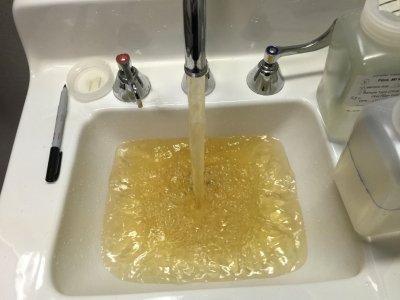
Agricultural runoff can introduce pesticides and herbicides into water sources. Some water filters, like activated carbon filters, can effectively reduce the presence of these chemicals.
While tap water in Ireland and the UK is treated to kill harmful bacteria and viruses, there can still be concerns in some areas. UV purifiers, microfiltration, and reverse osmosis systems can be used to further disinfect water and remove microorganis
VOCs, which can come from industrial and agricultural activities, may be present in the water. Activated carbon filters are efficient at adsorbing VOCs.
Chlorination of water can lead to the formation of disinfection byproducts (DBPs) like trihalomethanes (THMs) and haloacetic acids (HAAs). Activated carbon filters can help reduce the levels of these compounds.
Trace amounts of pharmaceuticals and personal care products can be found in water supplies. Advanced filtration systems like reverse osmosis can effectively remove these micro-pollutants.
Radium is a radioactive material found naturally in the earth. Radium offers no smell or taste to announce its presence. Instead, this poison silently enters our bodies and replaces calcium. This process leads to bone degradation. Exposure to radium can lead to nausea, vomiting, fatigue, hair loss, and of course, cancer. Due to the severe symptoms it can cause, drinking water purification methods often put a high focus on ensuring radium is removed.
Arsenic can leach into our water supply via certain rock formations or runoff from industry and agriculture. Long-term ingestion of arsenic can lead to diabetes, skin lesions, and cancer. Of course, the grand finale of unusually high consumption is death.
Water filters reduce all of these harmful elements for a great-tasting, safe final product. Water filters can be used to treat your entire house or as a source for drinking and cooking.
It is the ability of water to neutralize acid. Drinking water should have a pH of 7 meaning that it’s neutral. The
Alkalinity of the water can maintain a neutral Ph even in the event of pollution. Alkalinity is usually only a
problem at very high levels and is only a problem in heated water, for example your hot water tank or your
radiators. Highly alkaline water can cause corrosion of hot water pipes, tanks and fittings. The recommended
level of Alkalinity in drinking water is 20-200 mg/L.
Conductivity is the ability of water to conduct electricity. Conductivity can increase when water is released over soils high in salts or minerals. It’s measurement can indicate the impact a water system may have on the environment. High conductivity can affect a person’s blood and water balance and affect blood pressure. The drinking water limit for conductivity is 2,500 ?S/cm.
Dissolved solids are the minerals, salts, metals, cations, or anions dissolved in water. Total dissolved solids (TDS) are inorganic salts such as calcium and magnesium. A low TDS may result when treating water for hardness. This can cause the water to lose it’s mineral content which is not ideal. Low TDS can make water taste bad and prevent a person from drinking it thereby preventing someone from getting a daily dose of natural essential minerals. A TDS of less than 500 mg/l is advisable.
E. coli is a bacteria that usually lives in a healthy persons intestines. Most forms of E. coli are harmless but
other forms of E.coli can cause serious ill health. Exposure is a result of coming into contact with the feces of humans or animals. This can happen when you drink water or eat food. Infection often causes severe diarrhea and abdominal cramps. In elderly or very young people E. coli can cause kidney failure. The limit for E. coli in drinking water is one.
This test measures the amount of iron dissolved in your water. Moderately high levels of iron in water can cause problems with staining (clothes, food sinks, or baths) and taste (especially tea, coffee, and some whiskies). Long Term exposure to high levels of Iron can lead to serious health issues such as Hemochromatosis which affects the liver, heart, and pancreas.
The Langelier Index measures the degree of saturation or corrosivity of a water sample. It is based on the investigation of the carbonate equilibrium in water, to assess the true pH or true hardness of water. Corrosive water can leach iron, lead, copper, etc., from pipes into drinking water and can eventually cause leaks in plumbing looking.
This test measures the amount of manganese dissolved in your water. Excessive levels of manganese in water cause problems of a bitter metallic taste and a black-to-brown colour in the water, as well as severe black staining. Health risks are not generally a problem, as water containing manganese at toxic levels will be undrinkable due to the taste. Nevertheless drinking water with elevated manganese levels can, in the long term, cause a manganese build-up in your system and has been linked to the Nervous System disease.
Nitrates represent a hazard to unborn babies and young infants at levels above the EU recommended level (50mg/l). Nitrates are a sub-group of nitrogen. A common source of nitrate is sewage and land spread fertilizer.
Strong Chlorine taste or smell – This occurs following treatment for disinfection. The addition of chlorine is used to kill off bacteria and other harmful microorganisms. Metallic taste – Some water systems have a high mineral content giving the consumer a salty or soda taste. In the case of Iron and Manganese, a strong metallic taste is typical. Rotten egg odour – This is usually a result of decaying organic deposits underground or Hydrogen Sulfide which can arise from high metal content.
This test measures the acidity of your water. Acidity has no direct health effects as such, but acid water generally contains high levels of metals leached from underground deposits. In addition, if your piping is copper your water will have elevated copper levels, leading to indirect health effects, as well as potential problems with corrosion of copper hot water tanks and piping. A very low pH can also have an aggravating effect on some people’s skin.
Total Bacteria Count measures Heterotrophic bacteria (HTP). HTP bacteria are a part of the human system and are not dangerous in low numbers. However, at high levels, HTP Bacteria can provide the nutrient for Coliforms, E. coli, and other pathogens to survive and multiply. The Drinking Water Regulations SI122 2014 advice is ‘no abnormal change’. The unit of Measurement for Total Bacteria Count is Colony Forming Units (CFU/ml). Bacteria Removal can be achieved by chlorination or UV Treatment or both.
Total Coliforms include bacteria that are found in the soil, in water that has been influenced by surface water, and in human or animal waste in the form of E. coli. The most common symptoms of Total Coliform pollution include nausea, vomiting, and diarrhea. Infants, the elderly, and those with compromised immune systems may suffer more severe effects. If bacteria are present in your water, there is a risk that it could make you ill.
This test measures the clearness of your water. Turbidity is a very good indicator of water quality, as it is caused by a variety of factors such as clay particles, silt, sand, sewage solids, bacteria, and organic or biological sludge. The exact health effects of high turbidity depend on the particular material(s) causing it.
It’s important to note that the specific contaminants in your water can vary depending on your location, water source, and local environmental factors. If you have concerns about your water quality, you can contact your local water utility or have your water tested to determine the exact contaminants present. This information will help you choose the most appropriate water filter or treatment system for your needs. Additionally, water filters should be regularly maintained and replaced according to the manufacturer’s recommendations to ensure their continued effectiveness.
We are of the opinion that the most effective method for ensuring the safety of your drinking water, regardless of what is in your water is a high-quality reverse osmosis system.
Which contaminants do water filters remove from your water?